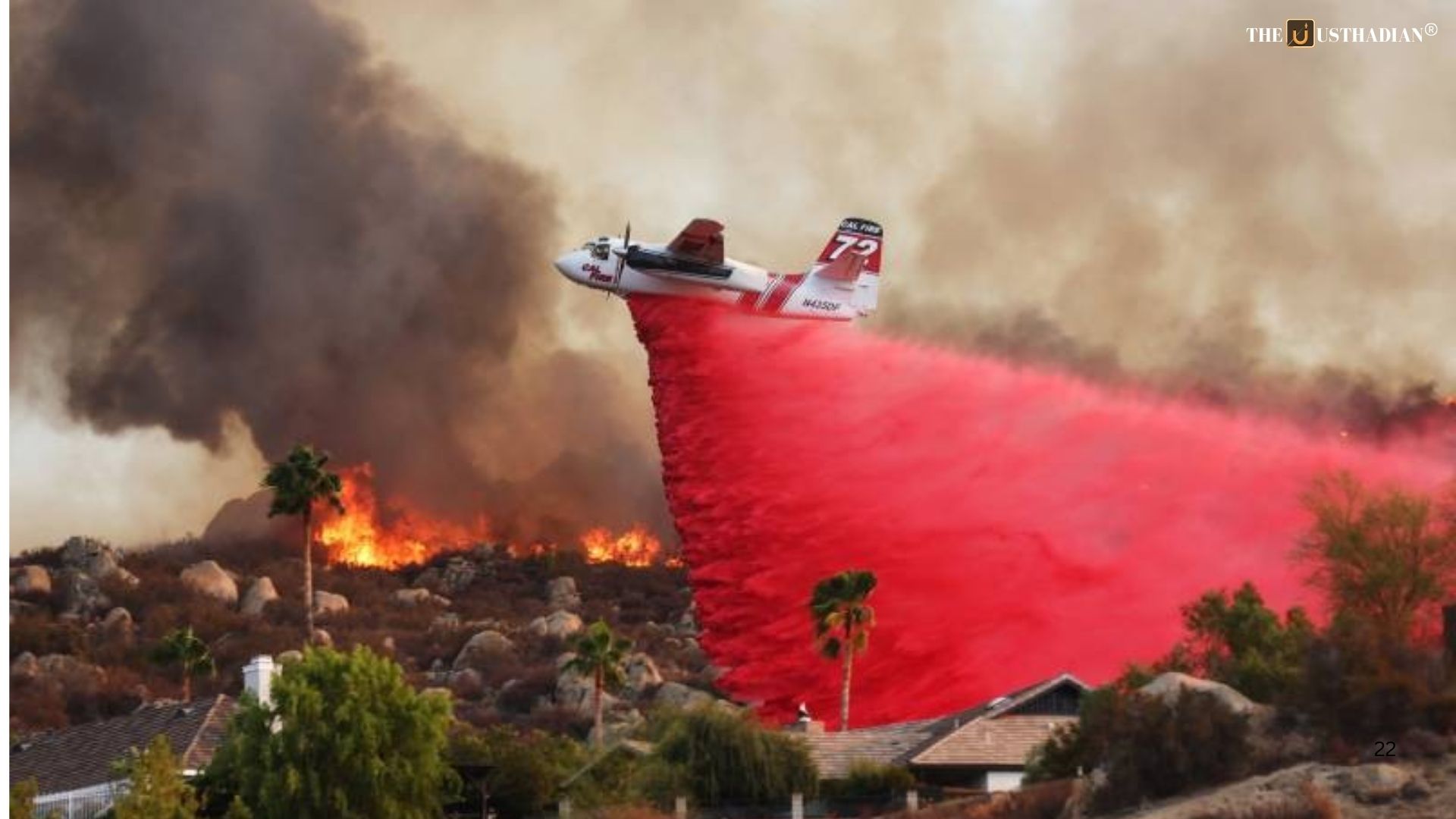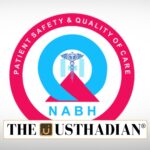The Pink Streak That Fights Flames
Pink Fire Retardants: The Fiery Debate Behind the Brightest Line of Defence : Every summer, wildfires rage across Southern California, turning forests and homes into ashes. But this time, something unusual is streaking across the sky—bright pink lines sprayed from planes. These aren’t for show. They’re aerial fire retardants, dropped to slow down fire and give firefighters a fighting chance.
The most common of these is called Phos-Chek, and it’s been used in millions of gallons across the U.S. from 2009 to 2021. The pink isn’t just a color—it helps ground teams see where the retardant has already been applied.
What’s Inside the Pink?
Fire retardant is not water. It’s a thick mix of ammonium phosphate, water, thickeners, and pink dye. Ammonium phosphate slows down how fast plants catch fire. Think of it like a barrier coat—kind of like sunscreen, but for dry grass and trees.
Planes spray this mixture not directly on the fire, but ahead of it, creating lines where the fire will struggle to move forward. This gives ground crews time to act or people time to evacuate.
But Is It Safe?
Here’s where the story takes a twist. While these pink streaks have saved homes, scientists are raising red flags. Some formulas of Phos-Chek contain toxic metals like cadmium and chromium, which can wash into rivers and harm fish or drinking water.
In fact, a University of Southern California study found that these chemicals may damage organs and ecosystems. Legal cases are already challenging their use near protected areas. It’s a classic case of “save now, worry later.”
Does It Actually Work?
That’s another question with no simple answer. Fire retardants work best when part of a larger plan. Alone, they aren’t miracle fixes. Fires can still jump the retardant line if winds are strong or terrain is steep.
Still, for remote towns or dry forest zones, even buying 15 minutes of time can save lives. In areas where firefighters can’t arrive quickly, these drops become essential.
What’s the Future of Firefighting?
Experts are asking for better, safer versions of fire retardants. Eco-friendly formulas are being tested. Meanwhile, new tech like predictive fire modelling may help decide where to spray more effectively.
And as climate change brings longer, hotter fire seasons, there’s no doubt we’ll see more pink clouds in the sky—hopefully made with less toxic ingredients.
STATIC GK SNAPSHOT FOR COMPETITIVE EXAMS
Pink Fire Retardants: The Fiery Debate Behind the Brightest Line of Defence :
| Topic | Fact |
| Fire Retardant Name | Phos-Chek |
| Main Chemical | Ammonium Phosphate |
| Years Used Widely | 2009–2021 (440+ million gallons used) |
| Purpose | Slows vegetation ignition ahead of wildfires |
| Color Purpose | Pink dye helps firefighters see treated areas |
| Environmental Concern | Contains toxic metals like chromium and cadmium |
| Major Research Institution | University of Southern California (toxicity report) |
| Used In | USA (especially California), part of wildfire management |








